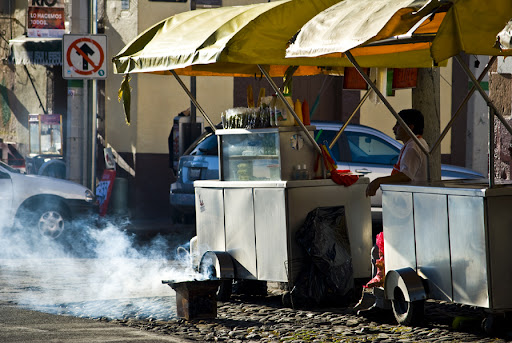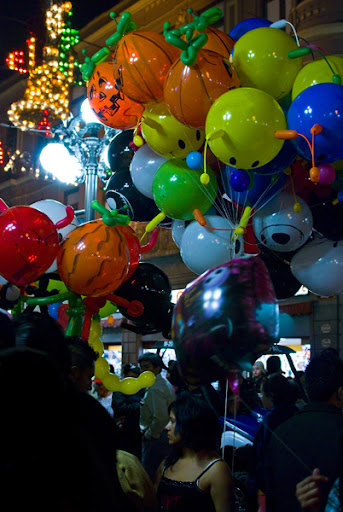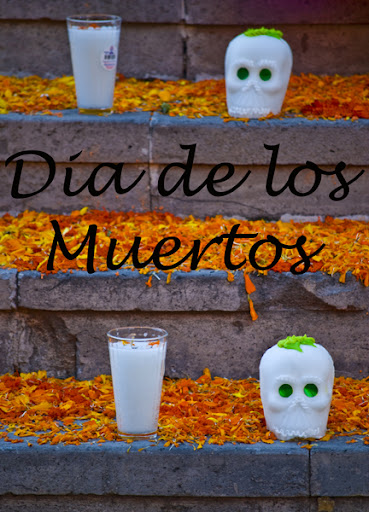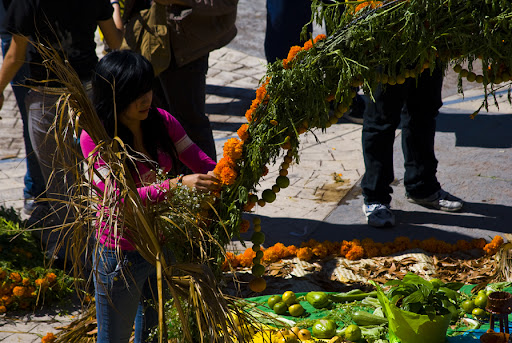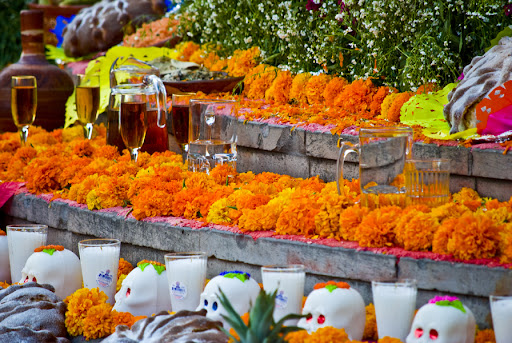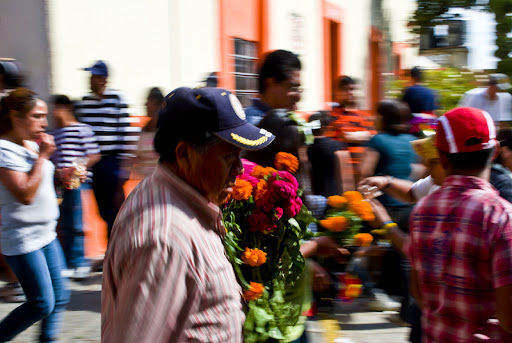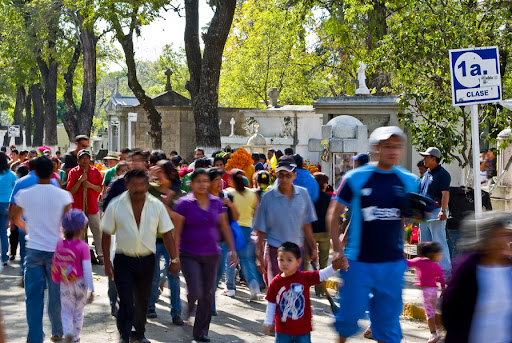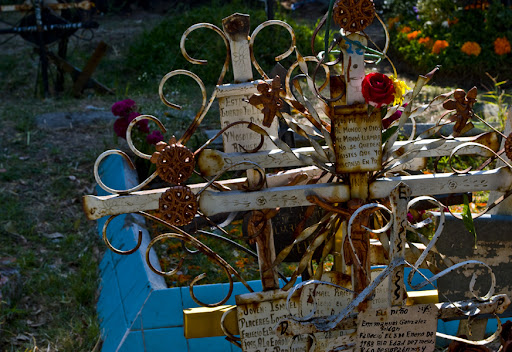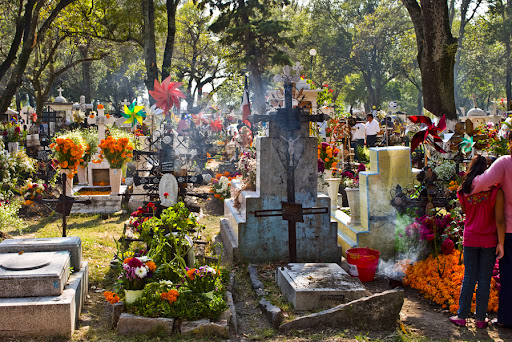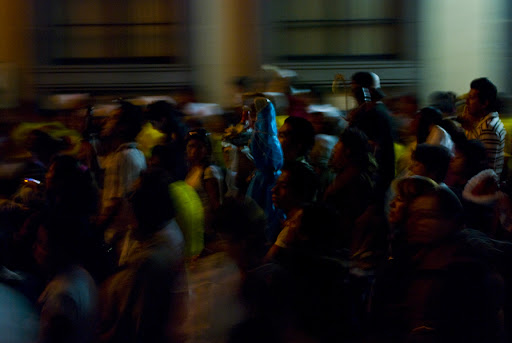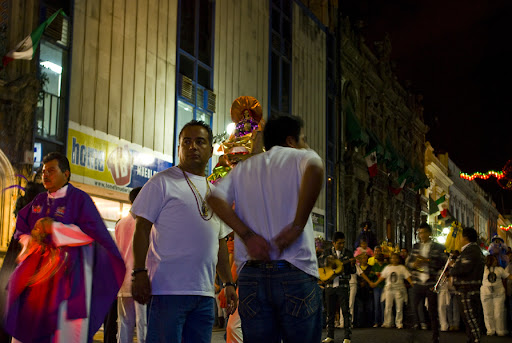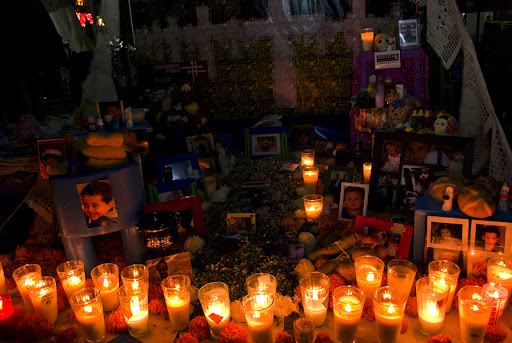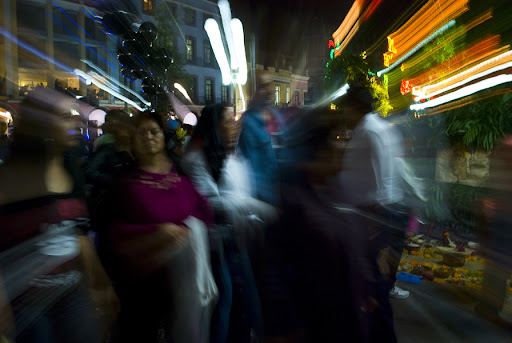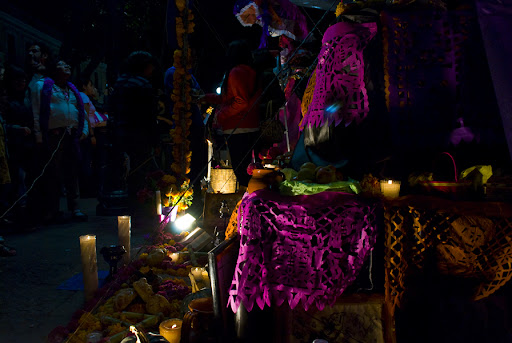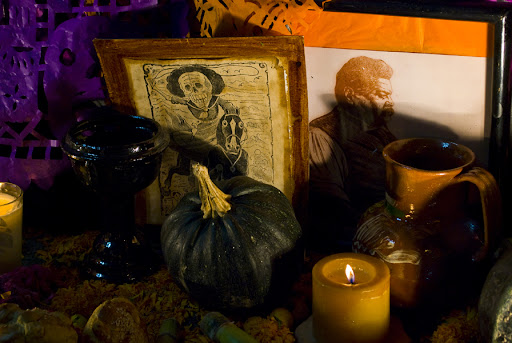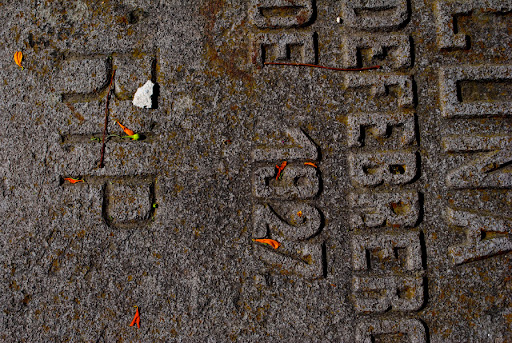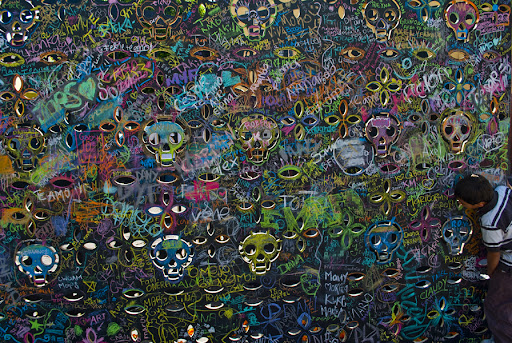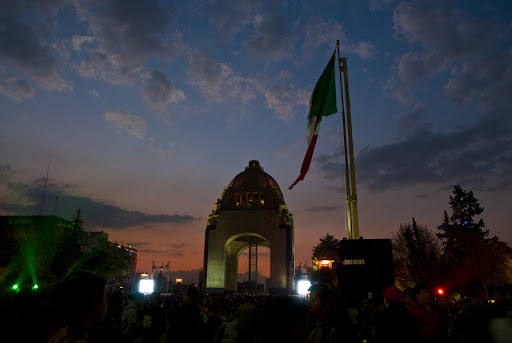
The Monument to the Revolution is a hulking mass of stone and steel that dominates a bleak plaza in the heart of Mexico City. It is an unsentimental memorial to the movement that toppled the dictatorship of Porfirio Díaz and left nearly 1.5 million dead. Erected on the base of the uncompleted Porfirian legislature, it is a silent reminder that the Revolution borrowed heavily from the past even while it built modern Mexico.
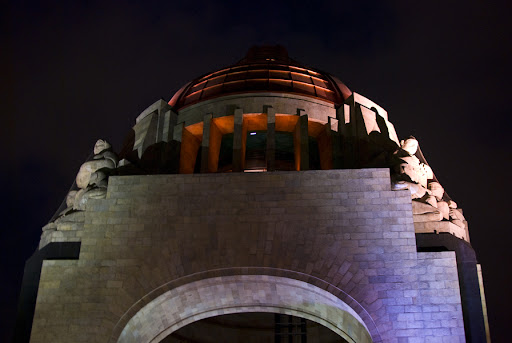
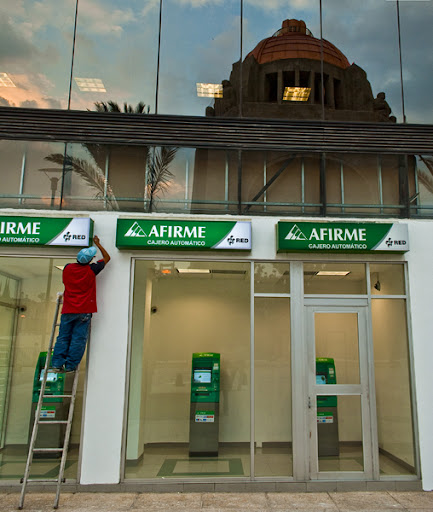

The image of the Revolution, like its monumental representation, has loomed over Mexican life since the fighting abated in 1917. While the state fostered the cults of revolutionary icons such as Emiliano Zapata and Francisco Villa, literally and figuratively unifying them into a pantheon along with those who had been their mortal enemies, the popular resonance of these heroes and martyrs was often outside the bounds of official remembrance.
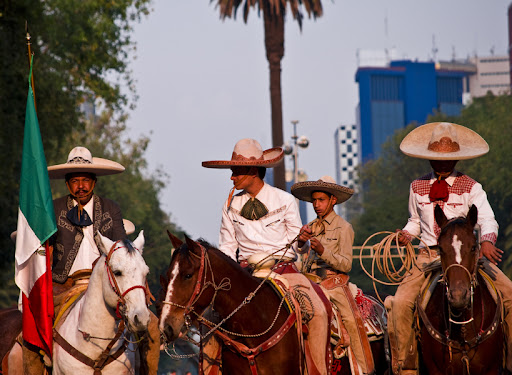

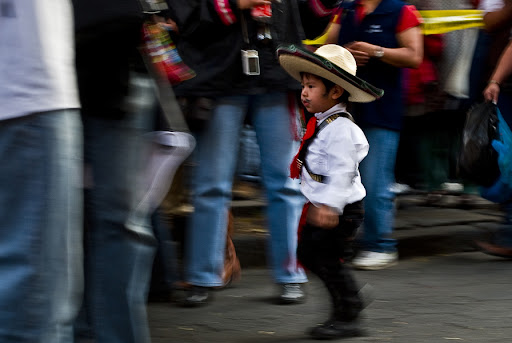
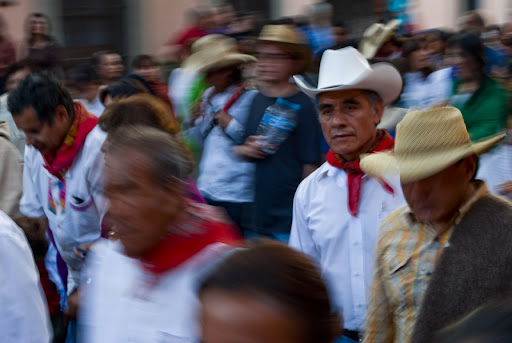
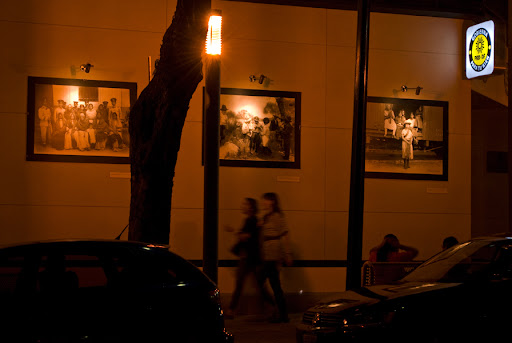
Constant references to its revolutionary provenance remained a central pillar of the rhetorical legitimacy of the PRI, whose very name suggested the institutionalization of the social struggle. The values of the--capital "R"--Revolution remained the central reference point of political discourse, even as the politics they justified drifted farther from those ideals. Former generals found ample opportunities for profit in the permissive years after the fighting ended, and the workers who had received significant guarantees in the 1917 revolutionary constitution increasingly found themselves submitted to corrupt and authoritarian union bosses. Many of these unions still retain an active protest tradition, and used the occasion of the centennial to take to the streets to defend their "revolutionary" rights against government privatization efforts.
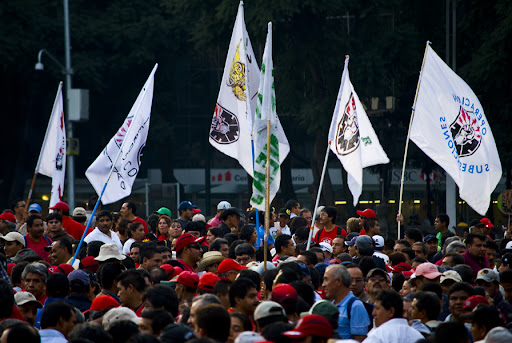
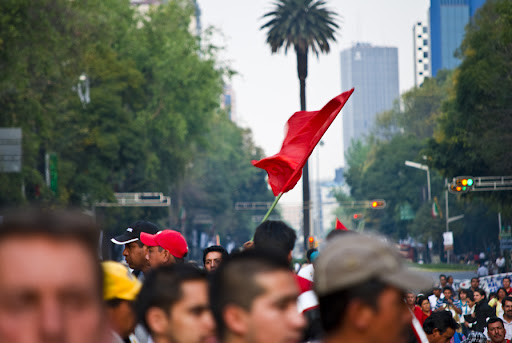
For many other Mexicans, however, the centennial commemorates events as far removed from daily reality as the 200-year-old events of independence. Despite the achievements the Revolution brought--and they are not insubstantial--its cultural and political significance is greatly faded. Along with apathy and indifference, there are those who perceive the corruption of the Revolution, and have often looked outside the country for inspiration, mingling Mexican tradition with international symbols.
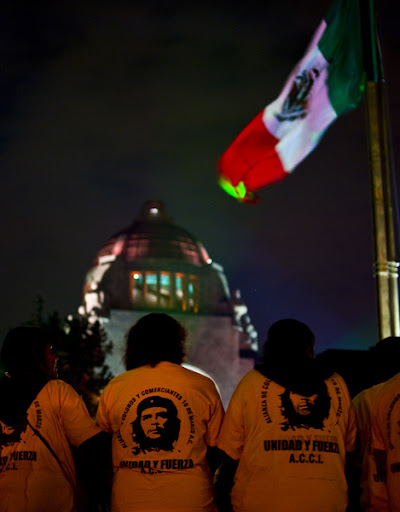
When I first visited the Monument in 2004, I peered down on a shaft to where an eternal flame was supposed to burn. The flame was out and bits of trash littered the platform. The bronze words on the walls spelled out a message about the meaning of the Revolution. The "D" had long since fallen from "Democracy."





